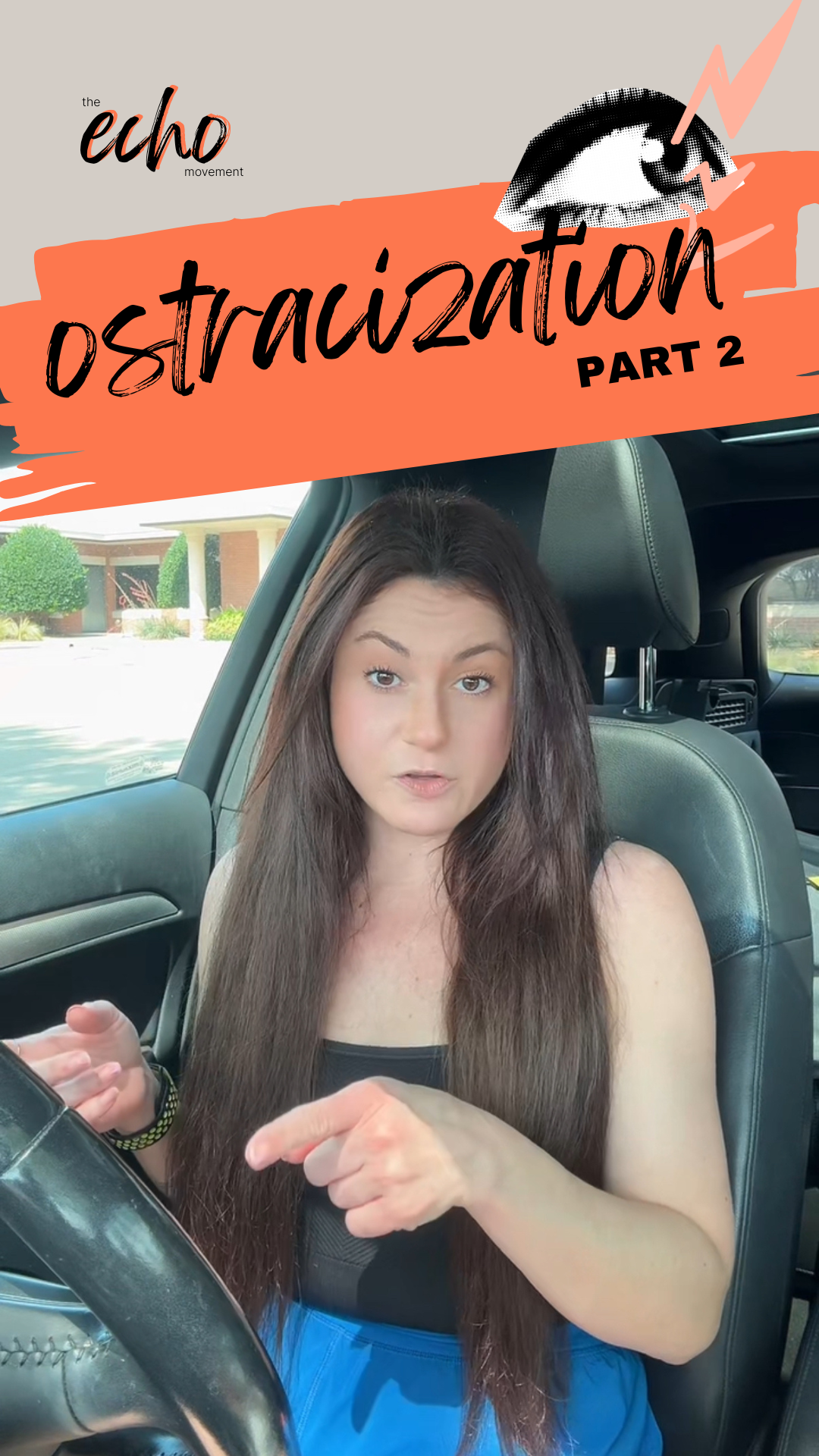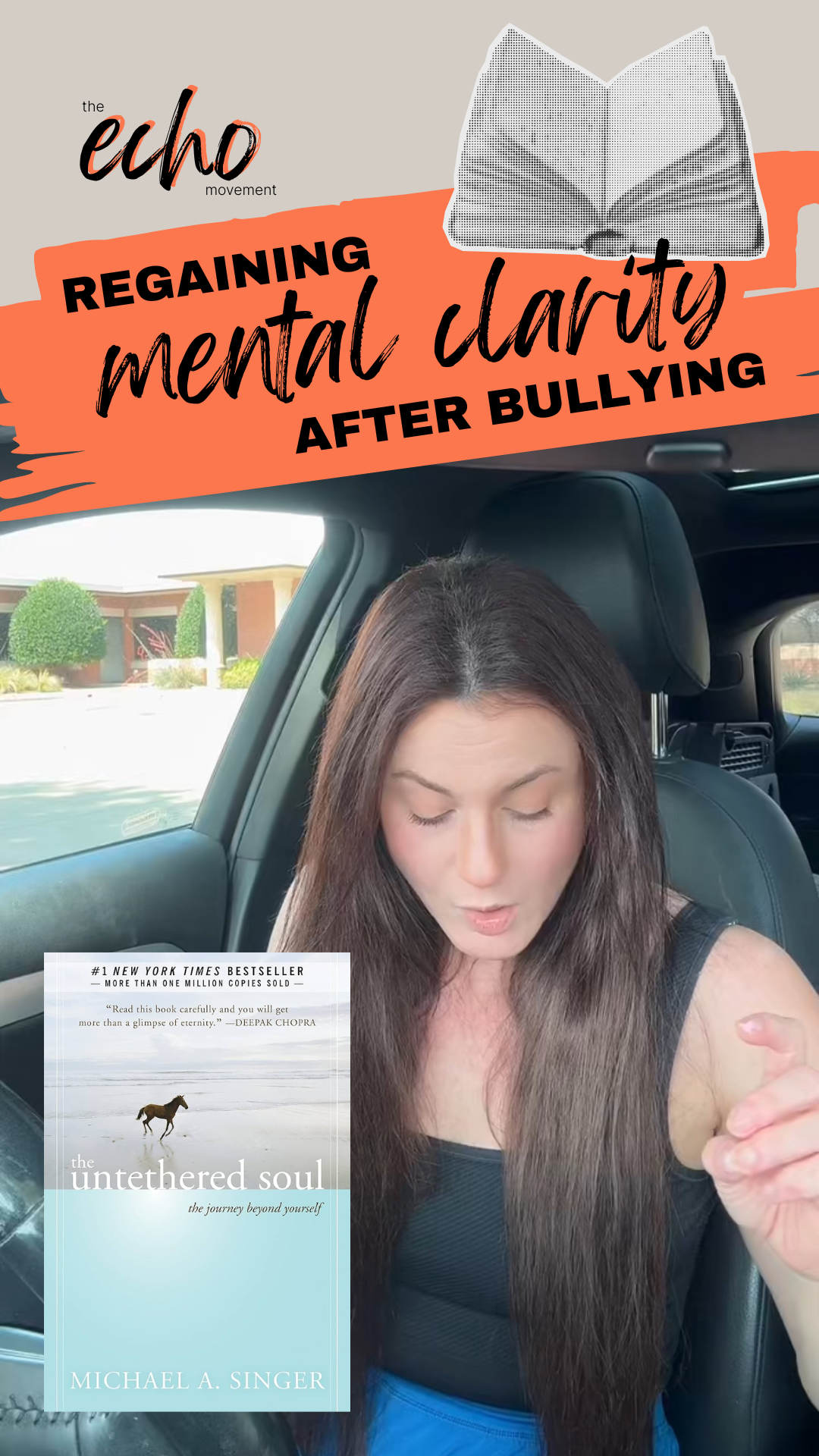Releasing What Trauma Leaves Behind
Recovering from trauma isn’t about pretending it never happened. It’s about finding safe ways to release what your mind and body have been carrying. For me, that meant turning to expression and movement. These practices weren’t quick fixes, but they became daily rituals that helped me piece myself back together.
👉 Related: Coping With Trauma From Bullying (Part 1)
Journaling as a Tool for Trauma Recovery
The first step was journaling. At the beginning, I could barely write a few paragraphs. But over time, it grew into five-page entries. Every morning, I made it a routine: coffee, notebook, and honesty.
Why journaling helps with trauma:
- Provides structure to chaotic thoughts.
- Creates distance between you and intrusive memories.
- Encourages emotional regulation and perspective.
Research supports expressive writing as a trauma recovery tool. Studies show journaling can reduce stress, anxiety, and even PTSD symptoms by helping the brain process overwhelming experiences (APA on Expressive Writing).
👉 Related: Mental Health Impact of Bullying
Meditation and Calming the Nervous System
Once my mind started to clear, I turned to meditation. Guided meditations — some recommended by my therapist, others I found on Spotify — helped me calm my nervous system when it felt stuck in fight-or-flight mode.
Why meditation helps trauma survivors:
- Activates the body’s relaxation response.
- Reduces hypervigilance and stress reactivity.
- Improves sleep, focus, and resilience.
According to the National Center for Complementary and Integrative Health, mindfulness practices like meditation can help regulate emotions and reduce trauma-related distress.
👉 Related: What Is Trauma and How Does It Relate to Bullying?
Movement as Medicine: Healing Through the Body
Finally, I learned that movement was medicine. For me, it was longboarding every single day. Every push on the pavement became a way of saying: this doesn’t own me anymore.
Why movement supports trauma healing:
- Releases stored tension in the body.
- Channels anger and adrenaline into something constructive.
- Builds confidence and a sense of control.
Exercise has been shown to reduce trauma symptoms and support emotional recovery by balancing brain chemistry and reducing stress hormones (Harvard Health).
👉 Related: Reactive Abuse
Expression Helps Break the Silence
Healing from trauma is not a single event, it’s a collection of daily choices. For me, journaling gave me my thoughts. Meditation gave me my calm. And longboarding gave me my strength.
Let’s make an echo that says: expression is how we break free from silence.






